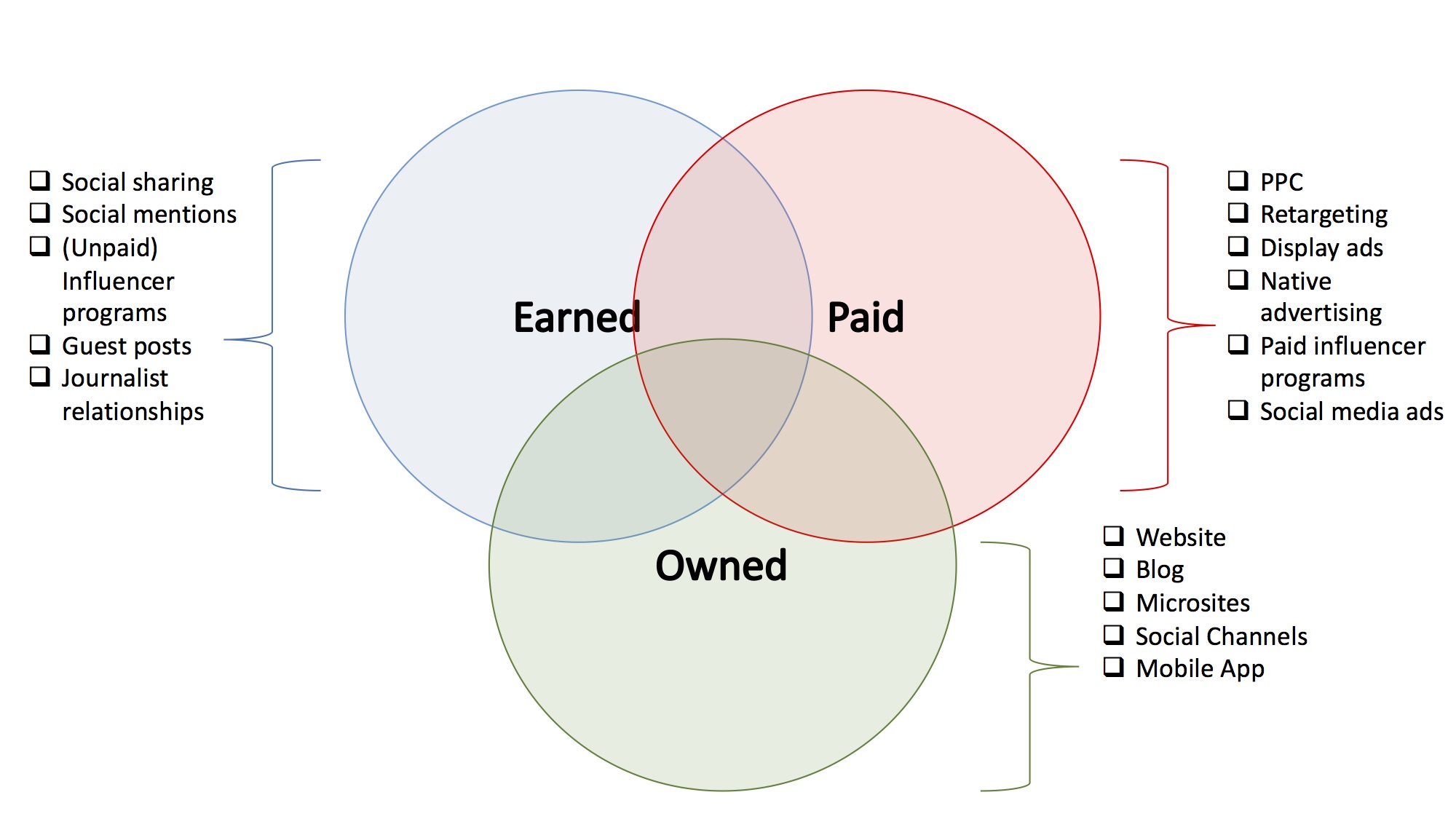Table of Contents
Last Updated on August 3, 2023 by admin
Content marketing is all the rage right now. Many companies – from small businesses to brand mammoths – have dedicated significant resources to content marketing strategy and putting out some really compelling, informative content pieces. There are other companies who want to jump on the content marketing bandwagon but aren’t quite sure where to begin. Some, in fact, many companies are not even sure what content marketing is.
Let’s start with what content marketing isn’t. It isn’t blogging. It isn’t posting to social media sites every day. It isn’t posting a video on the homepage of your website. Sure, those things are a part of content marketing, but content marketing by definition requires a focused, strategic approach.
Let’s take a look at how the Content Marketing Institute defines content marketing:
“a strategic marketing approach focused on creating and distributing valuable, relevant, and consistent content to attract and retain a clearly-defined audience — and, ultimately, to drive profitable customer action.”
That’s pretty specific, and with good reason.
That’s not to discourage those newer to the game; those just dipping their toes into the content marketing stream can see a lot of benefits from blogging or ramping up social media efforts. Where there needs to be clarity is that those things alone do not content marketing make. These things need to be part of a greater strategic effort geared toward achieving clearly defined objectives. Unfortunately, the majority of B2B companies and marketers lack a content marketing strategy – a trend that is getting worse. According to CMI’s B2B Content Marketing Benchmarks, Budgets, and Trends— North America report, only 32% of B2B marketers had a documented content marketing strategy in 2016, a 3% decrease from last year.
One of the key parts of CMI’s definition of content marketing is the phrase “clearly defined objectives.” What does that mean? Let’s say you’re objective is to create more content for your site. A more sophisticated approach would more clearly define the objective, by perhaps changing it to “get more organic traffic to my company’s website.” An even more sophisticated approach would be to set more quantitative measures: “increase organic traffic to my website by 5% month over month.”
Now we’re talking.
Once you have clearly defined goals and relative metrics to measure against those goals in place, you can begin to map your strategy backwards from there. Let’s use the example above to dive deeper into this proposition.
Objective: Increase organic traffic to CompanyXYZ.com month over month
Metric: Organic Traffic (note: you’ll need to have Google Analytics set up properly on your website to measure this, so be sure not to put the cart before the horse and leave that step out)
Strategy: [….]
So how do you create an effective content marketing strategy?
Audience Personas
Before you dive in and start creating content, you need to know for whom you’re creating content. Most businesses have general ideas about their target audience, but for a really successful content marketing program or campaign, businesses should have the specifics mapped out. This can be done in the form of personas.
Personas are research-based representations of your ideal audience(s). Note, this may be – and usually is – plural. It can be tempting to pigeonhole your audience into one distinct box, but the truth is that people have different motivations, different goals and different preferred content consumption methods. These should all be accounted for in your personas. Let’s map out the foundation of a solid persona template:
Demographic Info
|
Company Info
|
Background Info
|
Challenges
|
Needs
|
Preferred Source(s)/Types of Information
|
Rebuttals
|
Once you’ve collected all this information, you can build a more effective content strategy that targets this persona with ideal topics, media types and channels that will move him/her further along the buyer’s journey and through the purchasing stage.
Content Creation
Once you’ve built out your personas, you’re ready to start creating content. It’s important to remember that “content” can be a lot of things. Let’s look at a few examples:
- Blog post – Written content, typically conversational in tone & voice, that allows you or your company to provide insights on relevant topics.
- Article – Written content, typically more formal than a blog post, that may cover a topic relevant to your company’s products/services in a general, non-salesy way
- White Paper – Thought leadership much more substantial that articles and blog posts that deep dive into topics related to your industry and offer unique and key insights into trends, projections or market research surrounding that topic
- eBook – This one is tricky because it can really be almost any type of content – or combination of content pieces – packaged as an online book. Lengths, tone & voice, and themes can vary widely.
- Videos – That’s right, content is more than just written word. These can be product videos, topical videos that inform viewers, graphics videos that entertain viewers, videos related to specific campaigns or even something fairly casual that allows viewers to get to know you and/or your brand on a more personal, interactive level.
- Infographics – Infographics are visual presentations of data or other information. These are great pieces to supplement any other type of content or to be used as standalone pieces on your website or as part of your social media campaigns.
- Podcasts – Audio content that users can download to their computer or a portable media player. Podcasts are often created as a series and many businesses ask users to subscribe and receive the newest podcasts delivered directly.
There are a variety of other content pieces that can be utilized as part of a content marketing campaign, but those cover the basic and most popular ones.
Ok, so you’ve got content. Now what?
Distribution & Amplification
Now you have to ensure that people see your content. This is where many efforts fall short and unfortunately, great content that doesn’t get in front of the right eyes is rendered useless. The focus here is on targeted distribution and amplification.
Content distribution and amplification may be via owned channels, earned channels or paid channels. The best strategy is to look at your distribution and amplification efforts through this trifecta optic as a balance between the three typically yields the best results. Let’s break each of these down.
Earned Media
Earned media is defined exactly how it sounds – it’s publicity and exposure you earn by creating and publishing engaging, compelling and valuable content. It may be a press release that gets picked up and published by journalists or other online publications. It could be shares, reposts or mentions on social media. It may be reviews or feedback on online forums where people are discussing your brand, product or service. It is extremely difficult to capitalize on earned media if you are not producing great content; people talk about content they’re engaged with, interested in and find helpful.
Owned Media
Owned media involves content published on your owned channels – your website, blog site, microsites, social media channels, and any other web properties you own. This part of the tripod allows you to leverage channels you have created and control to gain additional exposure. The key here is to utilize these owned channels appropriately. Just because you publish content doesn’t mean you want to post it on every single owned channel in the same form. For example, visual content is best-served on social media channels, where people like to share and engage with these appealing, snack-sized content pieces. Articles (of no more than 1,500 words) perform well on blogs. Perhaps you have an article that has visual elements; the article could be posted in full on your blog and be promoted via the visual elements and a teaser sentence or two on social media channels.
Paid Media
Paid media is gained from paid efforts, which may include PPC, retargeting, display ads, native advertising, paid influencers and social media ads. Which strategies you employ will depend largely on who your target audience is and where they spend most of their time. B2B businesses will likely use Facebook ads a lot less than traditional PPC or display ads whereas B2C companies (depending on the product/service) may use more social media marketing if their buyers are spending a lot of time on sites like Facebook, Twitter or Pinterest. Paid media strategy can get very complex very quickly and probably deserves an entirely separate article all on its own. Suffice it to say, if you can afford to implement some paid media to support content distribution & amplification, you should.
Content Marketing Strategy – Keep At It
This article outlines the key steps to building a content strategy that works – one that starts with identifying your key audience and audience segments, creates engaging content tailored to their needs and distributes that content in the right place at the right time to ensure your audience sees it. It’s an ongoing process.
Content marketing is fluid and dynamic, not “one and done.” You should revisit your personas annually or semi-annually (or more, if your content marketing isn’t working). Content needs to be fresh, engaging and relevant – not static. Content calendars can help with finding and maintaining the right cadence for your business and your audience. Distribution and amplification methods should be evaluated monthly to see how impactful that strategy remains. Companies can tweak the balance of owned, earned and paid media frequently to obtain optimal results.
I’ll be honest, it’s a lot. It can even be overwhelming, especially for small businesses who don’t have the in-house resources to handle it all alone. Don’t panic. Start small if you have to but start with a plan. Write down your goals and scale your content marketing from there. Content marketing is an effective way to increase brand visibility, connect to and build relationships with potential buyers, build credibility and position your business as a leader and expert in the industry. Ultimately, content marketing backed by an effective strategy can help you generate ROI and drive more leads.
Ashley Poynter is Chief Storyteller at Content Rewired and helps small businesses in Payments, SaaS and Tech create compelling content to drive more leads.





6 thoughts on “How To Jump-Start a Winning B2B Content Marketing Strategy”
Pingback: Top 3 Growth Hacks Every Startup Should Know - Small Biz DailySmall Biz Daily
Pingback: How to Up Your Blogging Game in Six Easy Steps - GetResponse Blog
Pingback: How to Up Your Blogging Game in Six Easy Steps | Bertha's WordPress Blog
Pingback: How to Up Your Blogging Game in Six Easy Steps – THE NEWS WORLD OF INTERNET MARKETING
Pingback: My Top Tier Business Course/MTTB
Great job